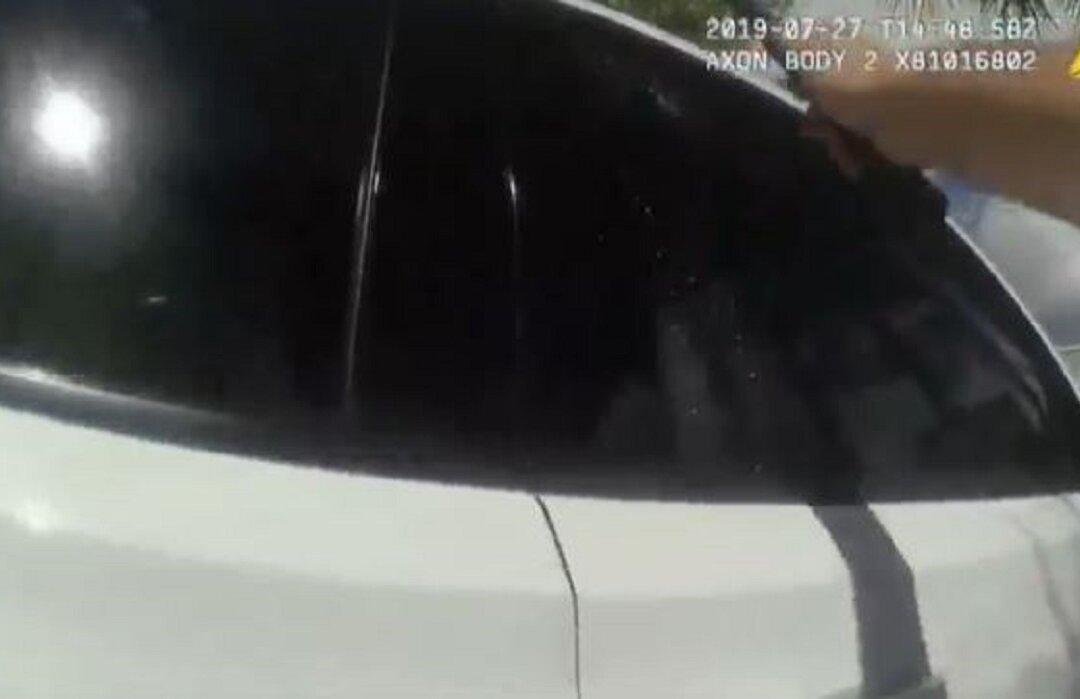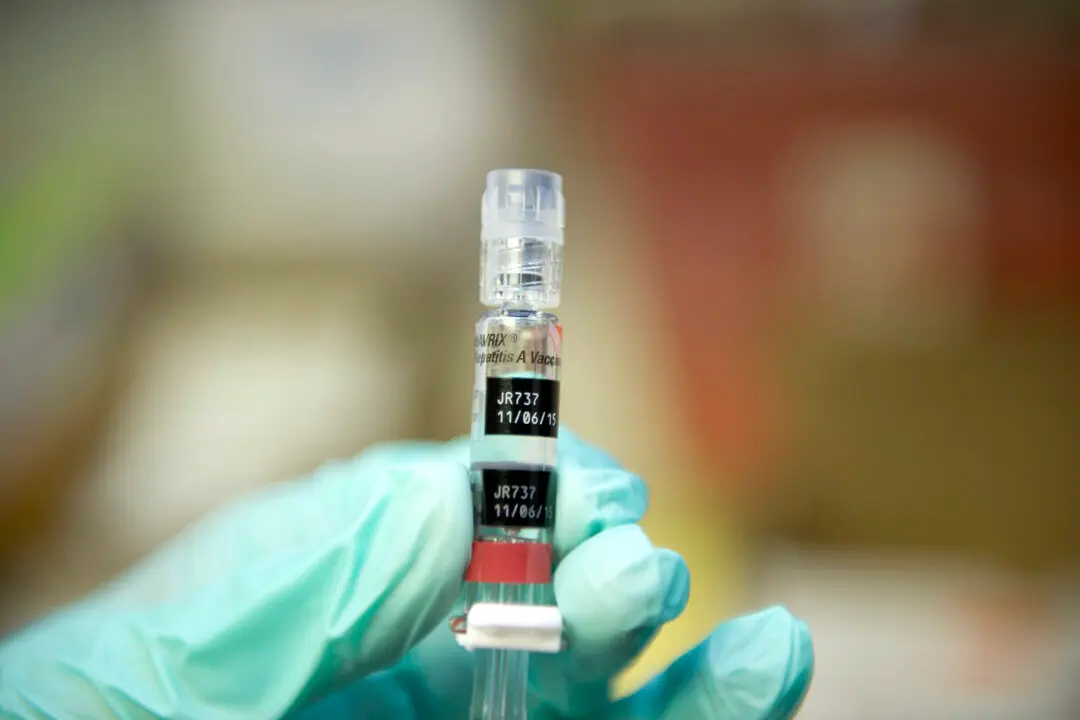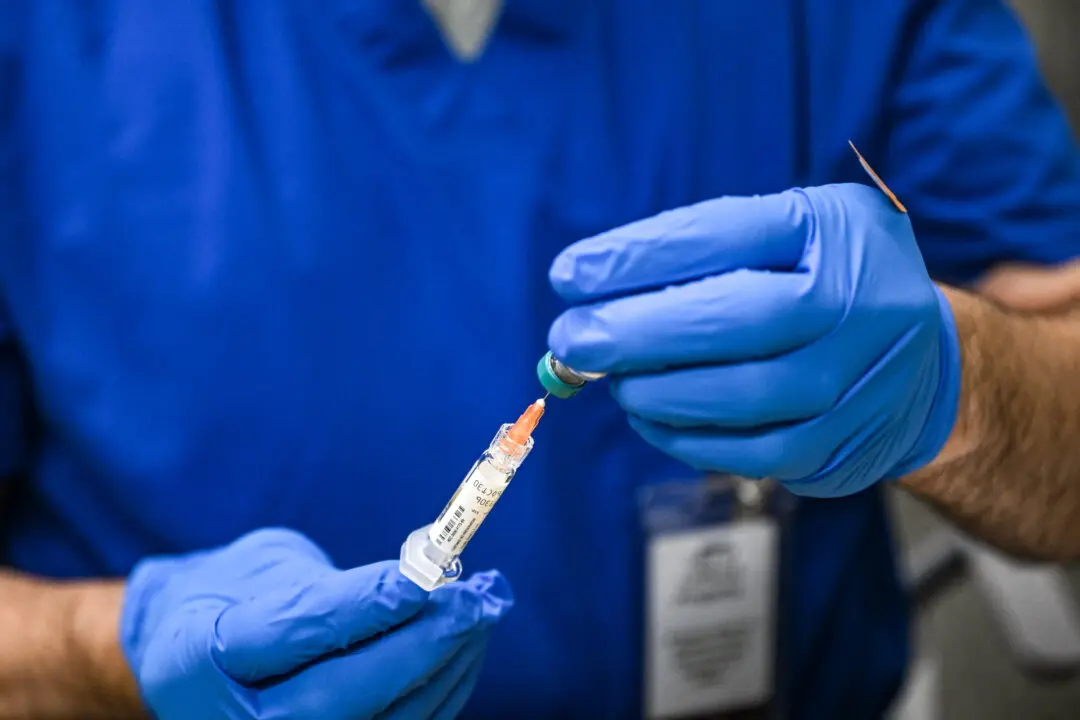Newly released video footage shows a Florida police officer smashing a car window to save a baby who was accidentally trapped inside.
The girl’s mother, Christina Tufford, said that she mishandled her remote and locked the car with her keys inside. Her 10-month-old daughter was in the car, too.





